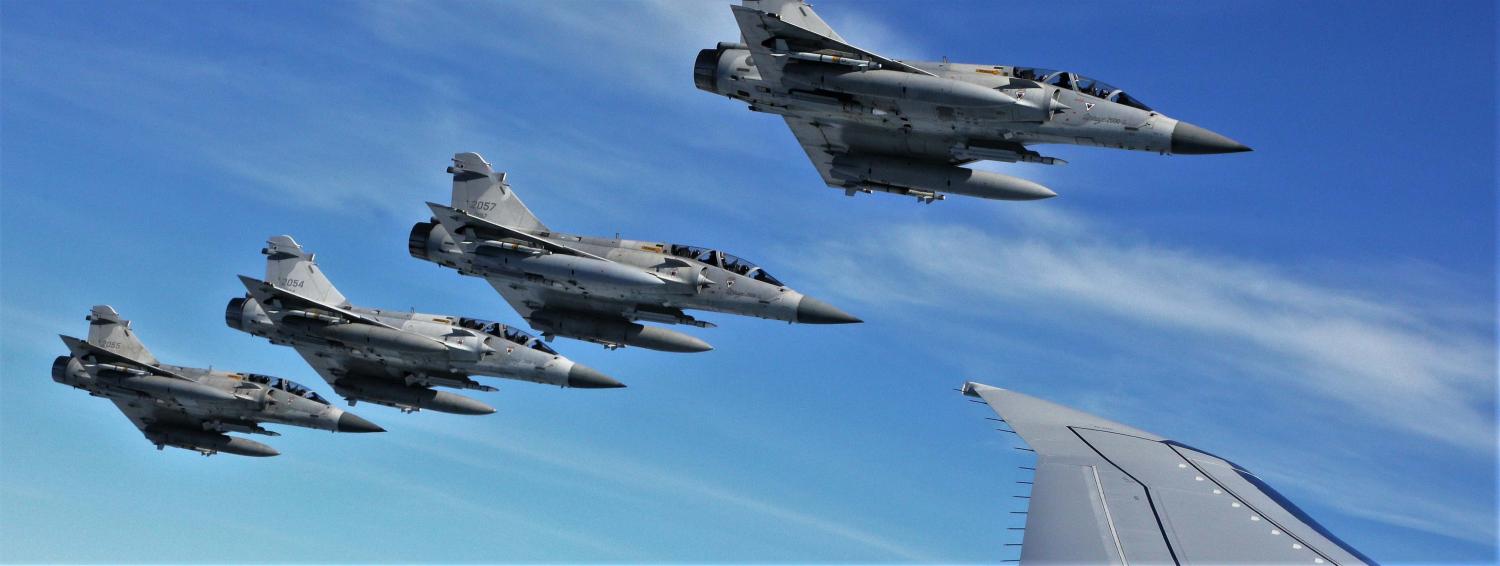During his tour of East Asia last month, US President Donald Trump visited five countries, but Americans could be forgiven for thinking that he only went to China, given the US media's coverage of the trip. Whereas journalists dissected Trump’s every move during his visit with Chinese President Xi Jinping, Trump’s meetings with other East Asian heads of state received far less coverage and, to the extent they were featured, the meetings were usually discussed in the context of Sino-American relations.
This skewed media coverage is only the most recent example of what I call 'bilateral bias': the tendency of American observers to view China’s neighbours as passive dominoes or, at best, feckless pawns in a US-China contest for regional supremacy.
This bias is evident not just in the writings of some American pundits but also in the research of some of the nation’s top defence planners. For example, the most detailed studies of the military balance in the Taiwan Strait and the South China Sea assume, implausibly, that Taiwan and Southeast Asian nations do nothing in their own defence and that the US military has to swoop in to save the day, single-handed.
Such bilateral bias is not just wrong but dangerous. For starters, it skews US priorities in East Asia by creating the false impression that every Chinese move must be countered with a vigorous assertion of American power: if China spends $6 billion digging a tunnel in Laos, then the US must bankroll its own dubious infrastructure project in the region, or if a Chinese coast guard vessel bullies a Vietnamese fishing boat, then the US must sail a destroyer around the Paracel Islands, and so on.
More importantly, bilateral bias encourages the US military to adopt offensive doctrines that increase the likelihood of a US-China war. The logic goes like this: China’s neighbours cannot be relied on to check Chinese naval expansion in any meaningful way, so a stable East Asian military balance depends on US command of the seas throughout the region and the skies above them, which in turn requires the US military to be able to neutralize China’s anti-access/area-denial capabilities (A2/AD) before it can use them. Such an offensive posture, however, is not only expensive to maintain but also risks turning minor disputes into major wars. China might be tempted to shoot first in a crisis with the US in a desperate attempt to stun American forces before they wipe out China’s offensive forces.
Bilateral bias can have damaging and potentially disastrous effects on policy. To avoid succumbing to such bias, analysts need to chart the capabilities of China’s neighbours and incorporate them more systematically into strategy proposals. In a new article in International Security, I take my own stab at this type of research by analysing the extent to which China’s neighbours can deny China sea and air control in the East and South China Seas and prevent China from conquering Taiwan.
My main finding is there is a budding balance of military power in East Asia that the US can reinforce at lower cost and risk to itself than the current strategy. Many of China’s neighbours have developed A2/AD capabilities that can plausibly deny China sea and air control throughout most of its near seas and I show that this balance of military power will remain stable for years to come because China cannot afford the power-projection capabilities it would need to overcome the A2/AD forces of its neighbours.
For the foreseeable future, therefore, China has little prospect of developing a force capable of conquering Taiwan or enforcing its maritime claims in the East or South China Seas, as long as China’s neighbours remain willing to use and continually upgrade their A2/AD forces.
This durable balance of military power in East Asia, in turn, provides an opportunity for the US to check Chinese expansion and maintain East Asian stability at moderate cost and risk. Specifically, the US can exploit the local East Asian balance of power by adopting what some analysts call an 'active denial' strategy.
Under this strategy, the US would abandon efforts to command maritime East Asia outright and instead focus on helping countries around the East and South China Seas deny China sea and air control in the region. In peacetime, the US would bolster the A2/AD forces of China’s neighbours by providing them with aid and arms. In wartime, the US military would back up China’s neighbours by providing intelligence, logistics, and, if necessary, limited air and missile strikes on Chinese forces operating beyond China’s shores.
This strategy maintains deterrence by denying China the possibility of a decisive military victory, while enhancing crisis stability by reassuring China that it will not suffer a massive attack on its homeland on the first day of a war.
Readers can check out the article here if they are interested in the details. The more important point, however, is that prudent policy depends on sound analysis. In turn, this requires a view of East Asia as a complex multipolar system filled with powerful and independent nations, rather than as a mere arena for US-China security competition.

